Annapurna's dramatic landscape has long captured the imagination of both experienced climbers and casual visitors alike. Situated in Nepal's Himalayan mountains, the region features many towering peaks that have borne witness to significant mountaineering history over the decades.
Beyond those scaling her highest summits, Annapurna also provides more accessible routes for those interested in taking in the grandeur up close, such as the popular Annapurna Base Camp trek.
Winding through diverse terrain ranging from dense forests to alpine pastures above the tree line, the ABC trek represents one of Nepal's classic moderate hike options. While requiring physical stamina and acclimatization skills to adjust to the higher elevation, its steady ascent also allows reasonably fit tourists to reach base camp without specialized experience or training.
The scenery and people make the journey worthwhile. You might feel accomplished reaching Annapurna Base Camp too! Just enjoy the ride.
The full Annapurna Base Camp trek covers approximately 110 kilometers. However, the altitude gain is a better indicator of difficulty than total distance walked. The route starts at around 1000 meters near Nayapul village.
The trail does a steady climb upwards over several days. This allows hikers' bodies to adjust to the decreasing oxygen levels as elevation increases gradually. Early stages go through woodlands and forests near sea level. The landscape then changes to meadows dotted with small villages as elevation approaches 3000 meters. Rhododendron trees appear higher up around this point.
Farther along, the path gets steeper and rockier as tree cover disappears. Hikers enter the scrub brush and grass zone just below the snowline. The thin air makes hiking more strenuous at these higher elevations. Sweeping panoramas provide scenic rewards for the tougher workout. Nearing Annapurna Base Camp, even hardy high-altitude plants cease surviving in the barren moonscape around 4000 meters.
Footing becomes uncertain in this harsh terrain with less oxygen available. Proper care must be taken. Reaching ABC at 4130 meters marks the endpoint. Take plenty of rest to recover before beginning the trip back while acclimatizing further. Managing one's pace and monitoring physical symptoms is important for safety at the higher sections of both the ascent and descent.
While no previous trekking experience is required, a decent baseline fitness level helps enjoy ABC's scenic trails. Daily activities like carrying groceries or playing sports start to build the stamina needed, which trekking takes to the next level.
It's best to train both your cardiovascular and muscular endurance. Hiking varied terrain works all your major muscle groups since trekking involves constant up and down hiking motions. Aerobic exercises like jogging, cycling or using an elliptical machine simulate this movement with less impact on your joints. Stair climbing is also good exercise that prepares your legs.
Strength training is important too. Target muscles in your legs and core that will support carrying a 5-10 kilogram backpack for hours. Squats, lunges and planks strengthen your lower body. Yoga improves balance and flexibility which comes in handy on uneven trails.
As you gain elevation rapidly, having good aerobic endurance makes a big difference. Time yourself while hiking hillier routes beyond casual walks to gauge your pace. Hill sprints mimic steep sections in your running workouts. Swimming laps puts your cardiovascular system to the test like high altitude hiking with less oxygen available.
Test out your readiness by doing some short practice treks or multi-day backpacking trips before ABC. Get experience with basic camping and cooking skills needed for self-sufficient trails. Most importantly, listen to your body - stay properly hydrated and fueled from the beginning. A balanced training program will get your body and mind ready to take on Annapurna safely with sustained energy levels.
The climate of Annapurna is as variable as she is. Unexpected changes need for adaptable layering and vigilance. From October to November, snow may dust higher elevations, requiring equipment like poles and ice axes. Sometimes mists make things less visible.
Every day, the temperature varies according to the wind. Warm beverages and shelter help to prevent numbness. Avalanches are less likely to occur in the spring (April–May), although rain is still unpredictable. To choose clearer days to safely reach picturesque views, check the forecast. No matter the sky conditions at any given time, rewarding experiences are fostered when flexibility and forethought are combined.
It is better to guarantee that anyone visiting Annapurna's realm is prepared in terms of physical endurance, mental flexibility, and basic supplies so that they can enjoy the splendors of her realm. Her gifts encourage more excursions within reasonable boundaries and perspectives.
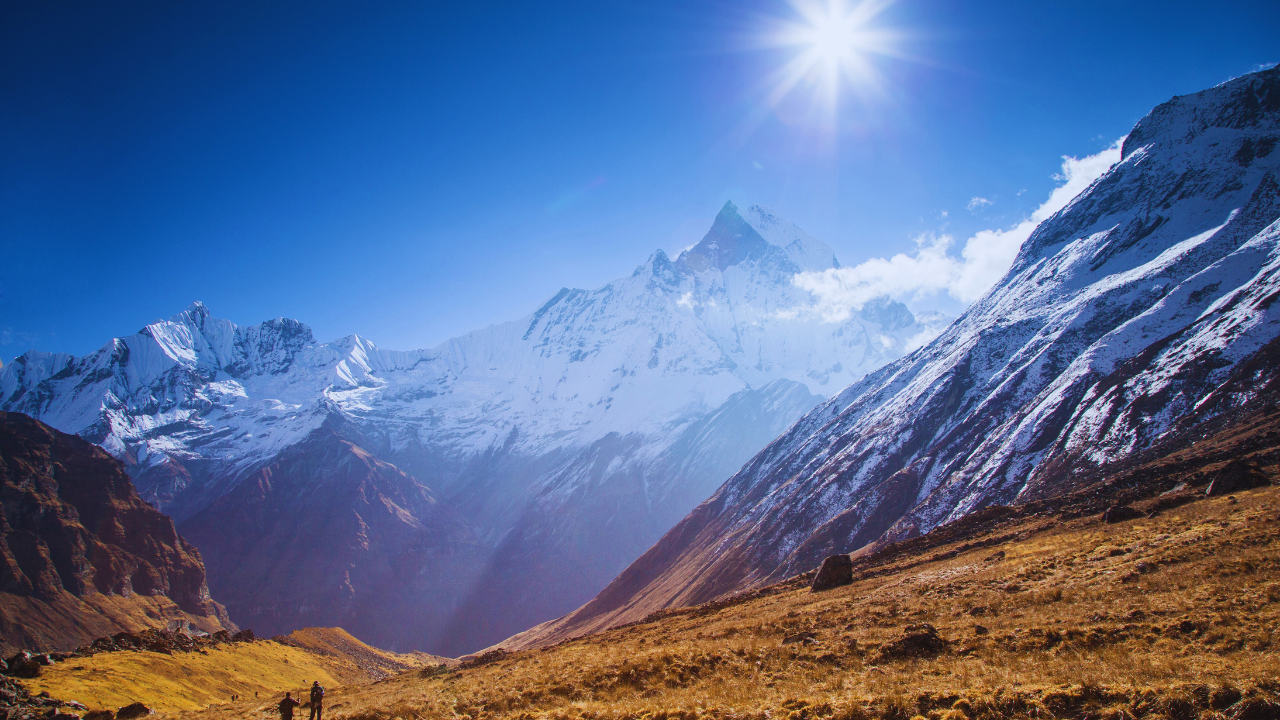
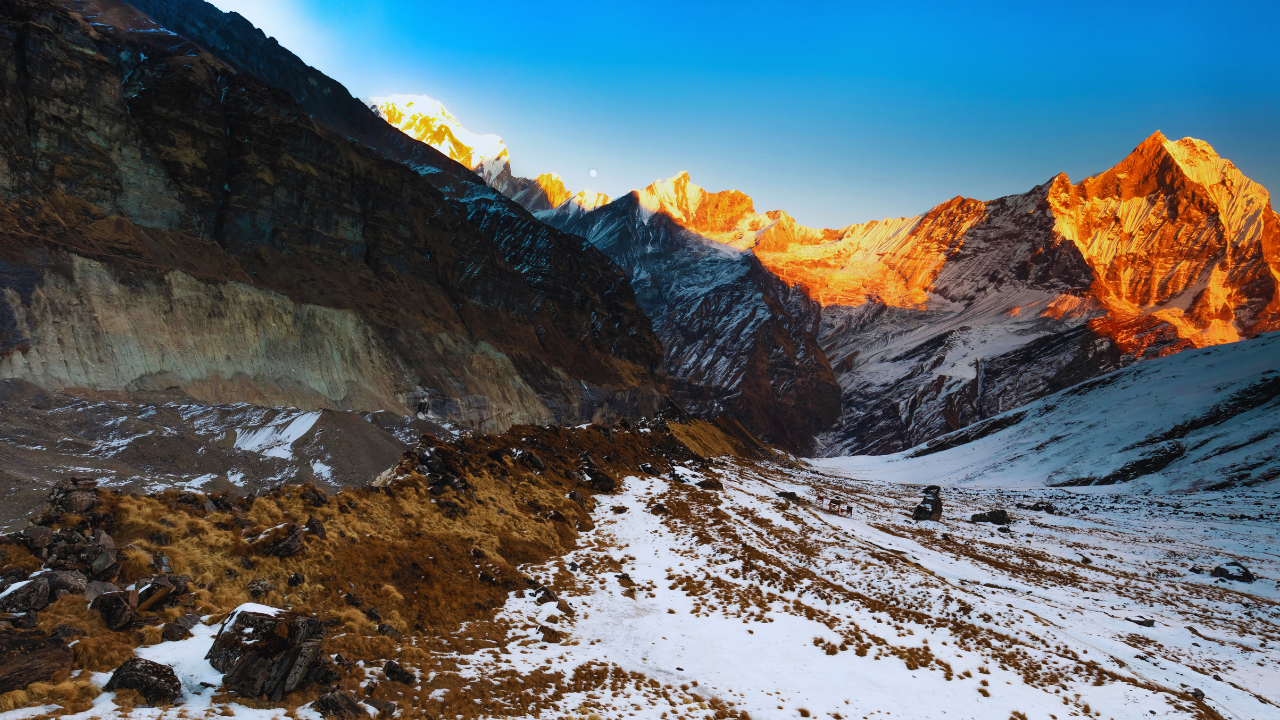
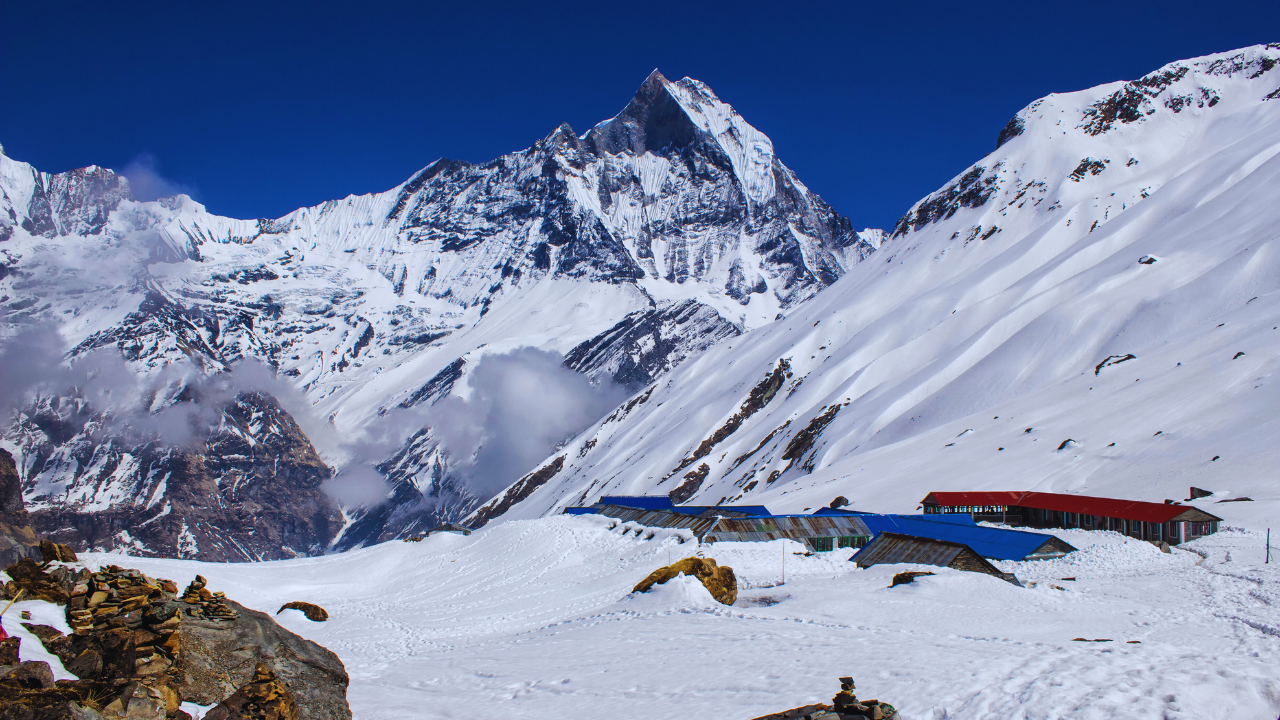
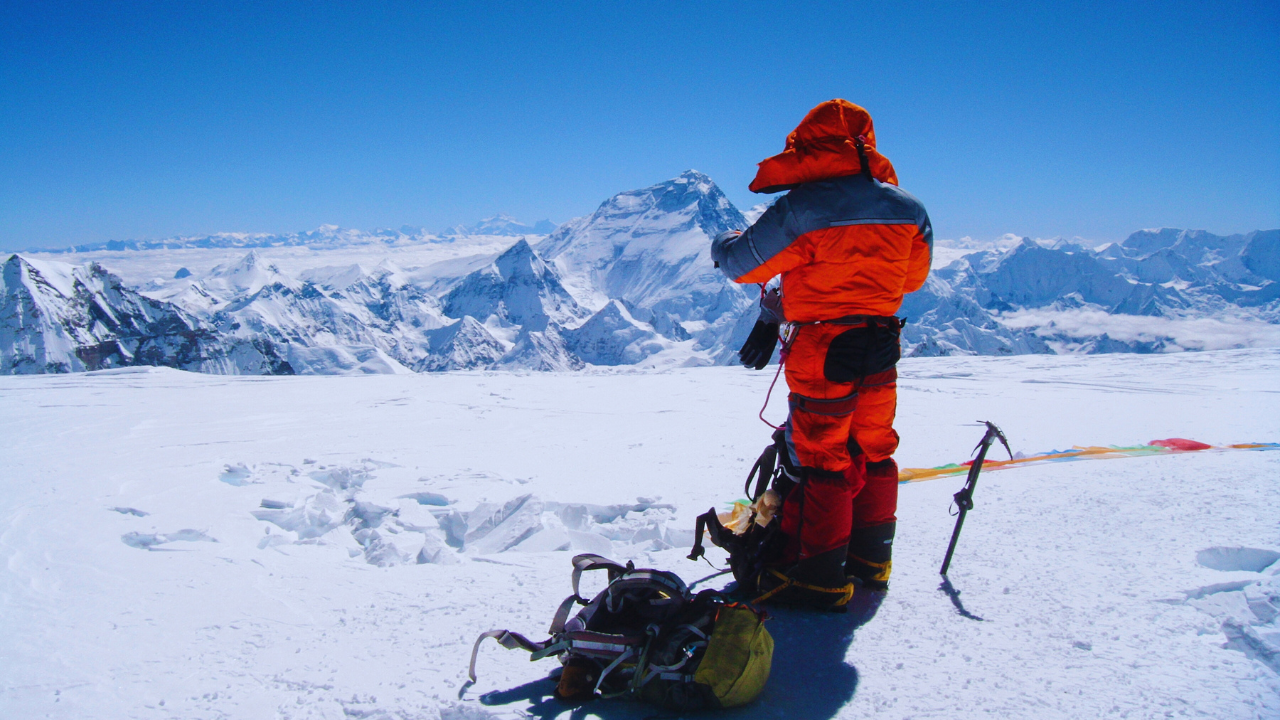



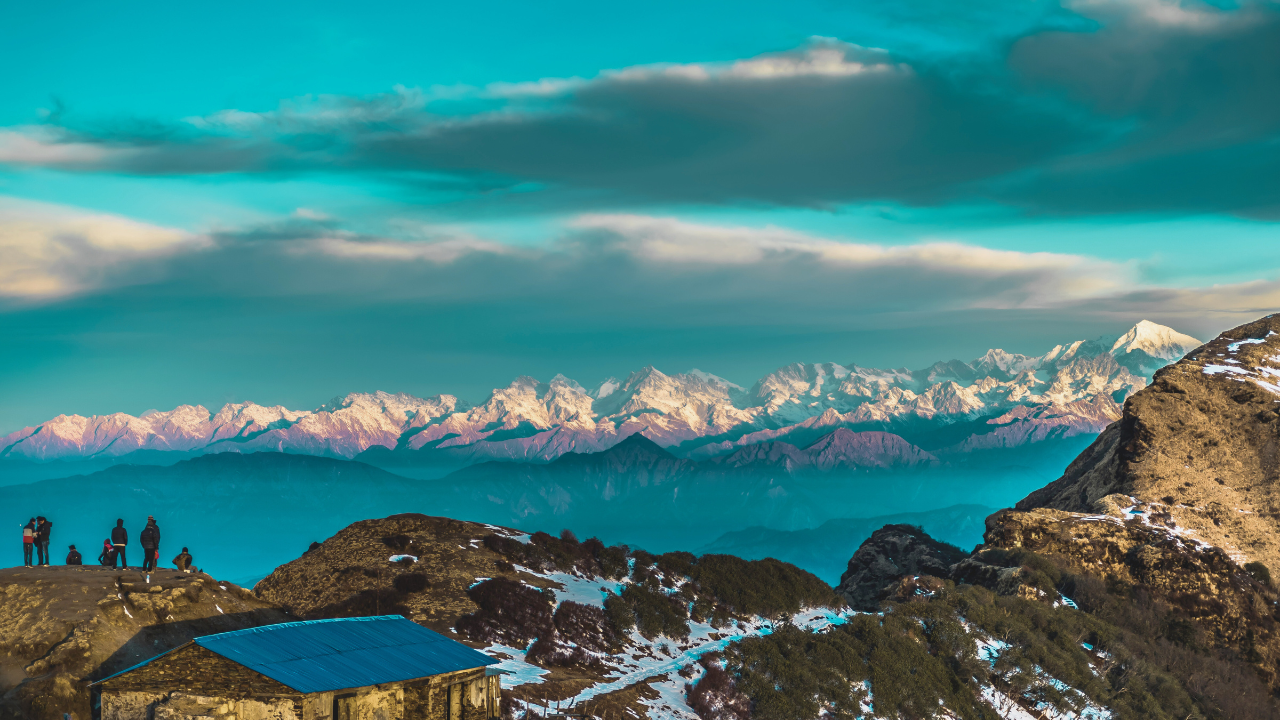







































Comments